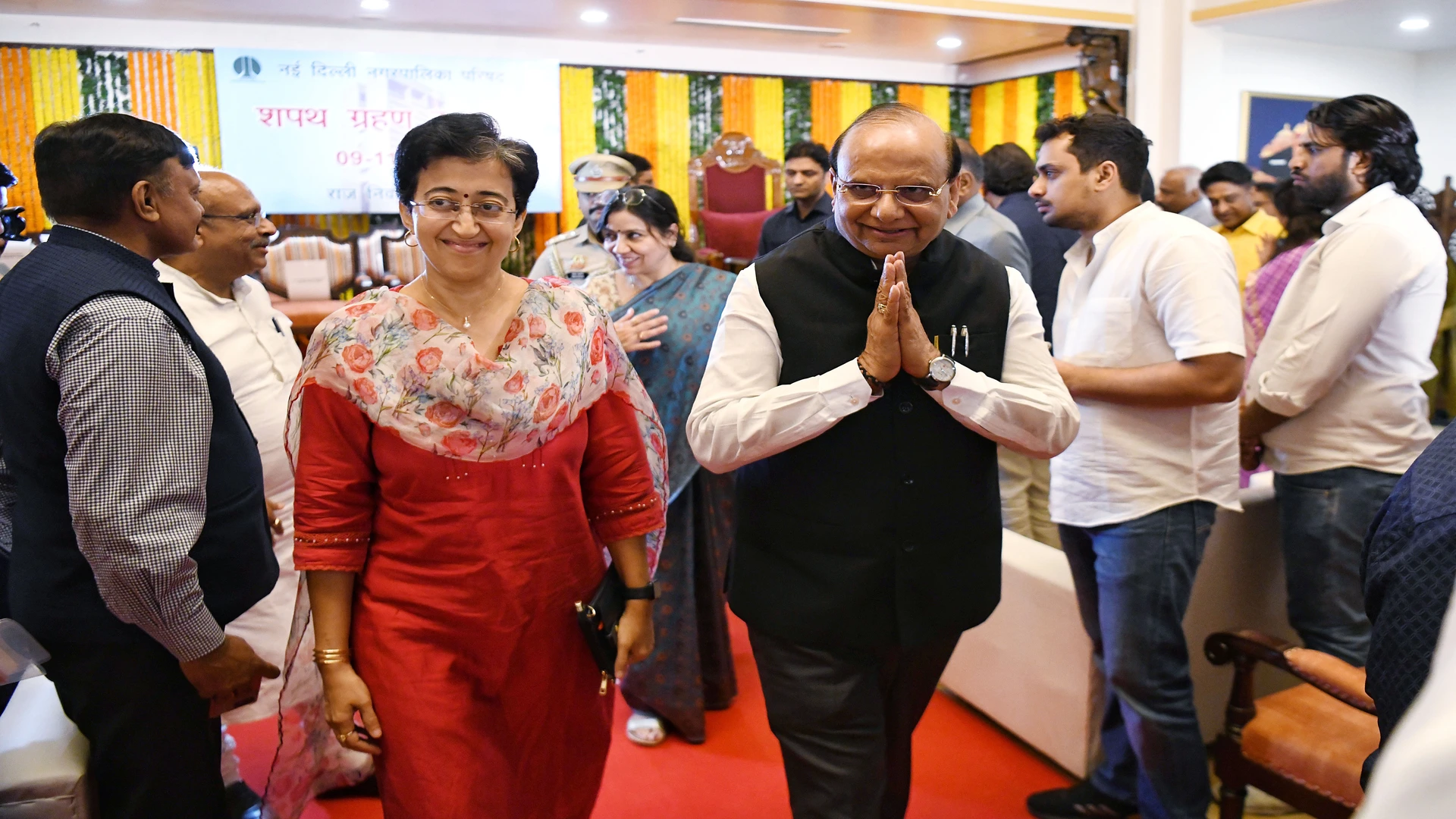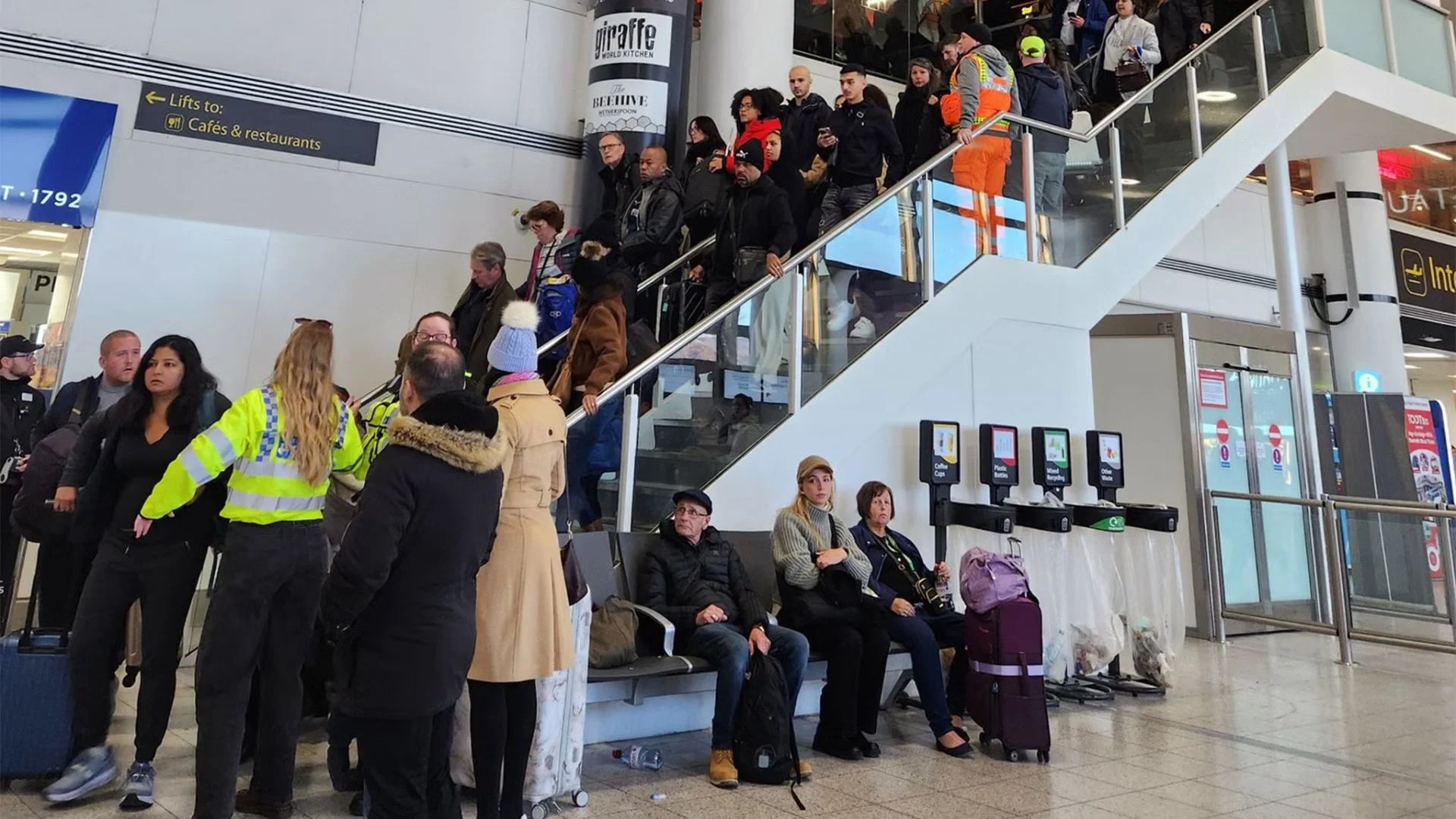
Since Jimmy Carter entered hospice care at his home in south Georgia one year ago, the former US president has celebrated his 99th birthday, enjoyed tributes to his legacy and lost his wife of 77 years.
Rosalynn Carter, who died in November, about six months after the Carter family disclosed her dementia diagnosis, lived only a few days under hospice supervision, with her frail husband at her bedside.
Experts on end-of-life care say the Carters’ different paths show the range of an oft-misunderstood service. Those advocates commend the Carter family for demonstrating the realities of aging, dementia and death. They express hope that the attention spurs more Americans to seek out services intended to help patients and families in the latter stages of life.
It’s been massive to have the Carters be so public, said Angela Novas, chief medical officer for the Hospice Foundation of America, based in Washington. It has shed hospice in a new light, and it’s raised questions for people to learn more.
The Carter family released a statement ahead of Sunday, the one-year anniversary of their announcement that the 39th president would forgo future hospital stays and enter end-of-life care at home in Plains.
President Carter continues to be at home with his family, the statement said. The family is pleased that his decision last year to enter hospice care has sparked so many family discussions across the country on an important subject.
To be clear, the family has not confirmed whether Jimmy Carter remains in hospice care or has been discharged, as sometimes happens when even a frail patient’s health stabilizes.
Here is a look at hospice and the Carters’ circumstances:
Mollie Gurian is vice president of Leading Age, a national network of more than 5,000 nonprofit elder-care agencies. She described hospice as holistic care … for someone who is trying to live the end of their life as fully as possible but no longer seeks a cure for a terminal condition.
Hospice offers multiple practitioners for each patient: nurses, physicians and social-service professionals like chaplains and secular grief counselors. Home hospice features in-home visits but not round-the-clock or even full-shift care.
Initial eligibility requires a physician’s certification of a terminal condition, with the expectation that a person will not live longer than six months; there are also disease-specific parameters.
For-profit businesses or nonprofit agencies typically provide the care and employ the providers. Medicare pays those agencies a per-day rate for each patient. There are four levels of care and daily rates. The concept was developed after World War II and has been part of the Medicare program since the early 1980s. Private insurance plans also typically cover hospice.
In 2021, 1.7 million Medicare beneficiaries enrolled in hospice at a taxpayer cost of USD 23.1 billion, according to the federal Medicare Payment Advisory Commission (MedPAC). Almost half of Medicare patients who died that year did so under hospice care.















